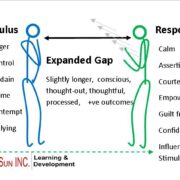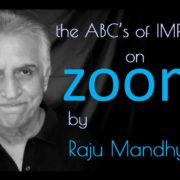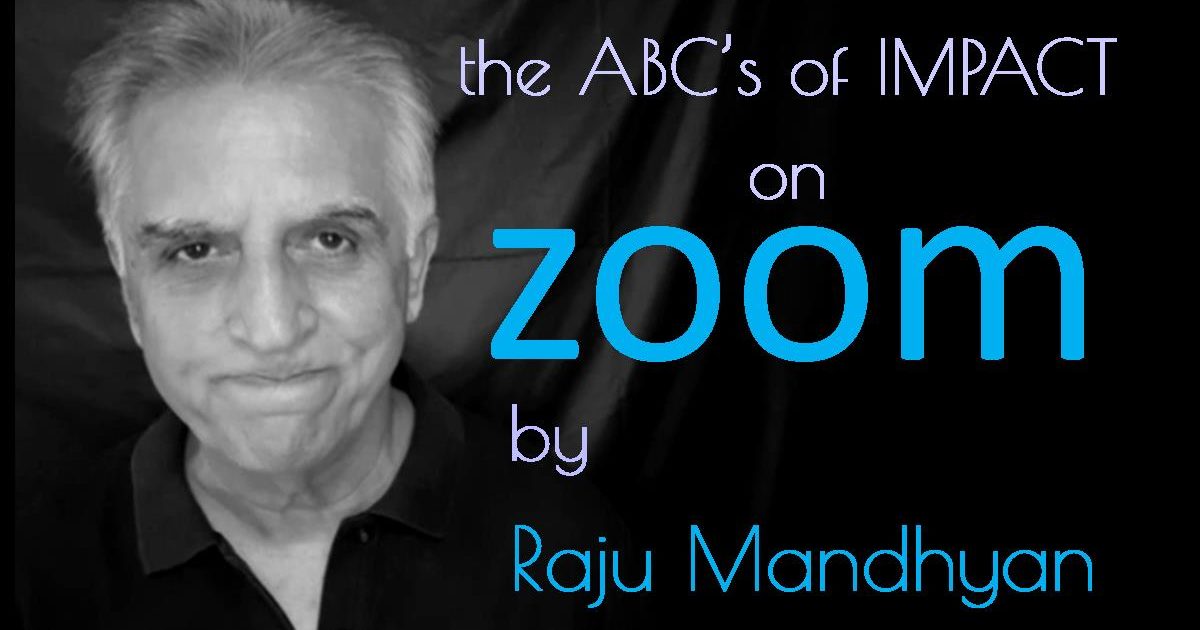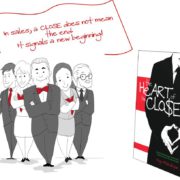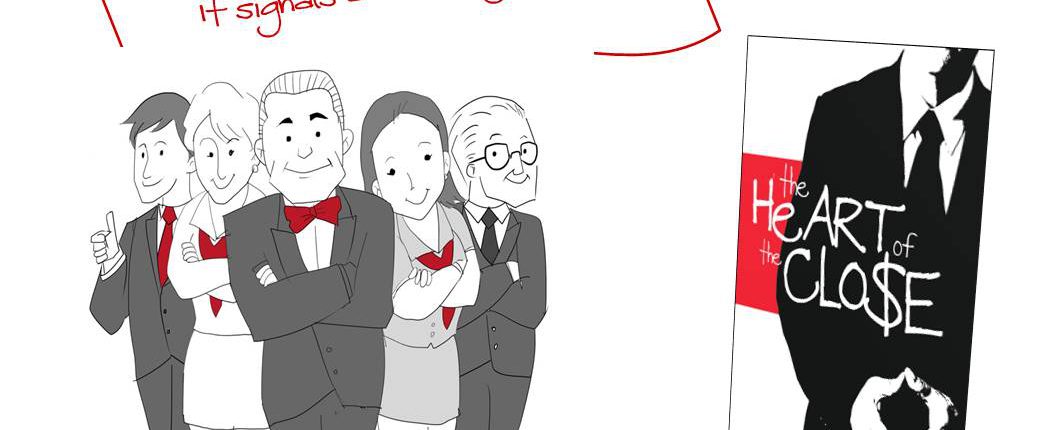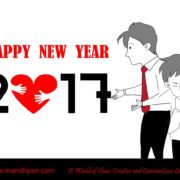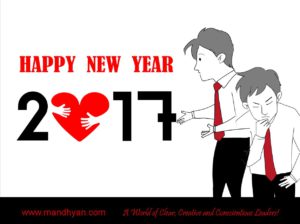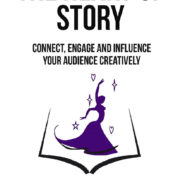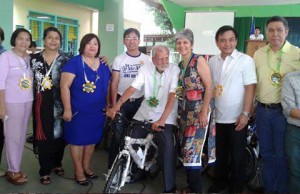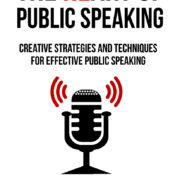Freedom to Choose, Victor Frankl
For the longest time, I have not just studied this process but over the years I have experienced and played with it a thousand times. The practice has converted the process into a way of life, my life.
The process was born out of Victor Frankl’s words and research as described in his wonderful book, Man’s Search of Meaning. According to Frankl, while the environment that surrounds a person has an impact, he is totally free to choose his own path. Even in the most critical, toxic surroundings, a person always has the freedom to choose his response towards all stimuli, thus towards his life.
What exactly is the process?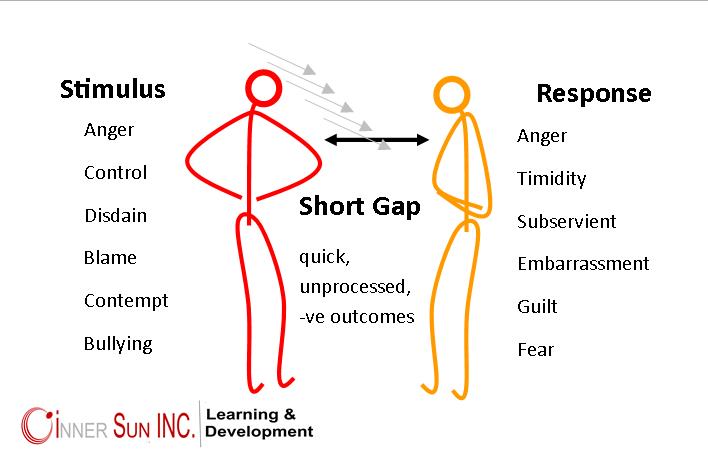
Every time, we are exposed to any stimulus, we respond or, often, we react. Not that all external stimulus is harmful and toxic yet responding automatically, quickly and unmindfully we give up control, we end up letting the environment and circumstances take charge and begin to shape our destiny as they please. The external stimulus might be made up of sight, sound, taste, or touch like good music or a beautiful aroma but the moment it grabs and draws us away the future is decided by that stimulus.
On the contrary, every time we are exposed to any such stimuli if we give those oncoming stimuli a moment, a ponder, and take time to mindfully analyze and choose it then we begin to have control over it and, thus, we begin to design our own destinies with faith and confidence.
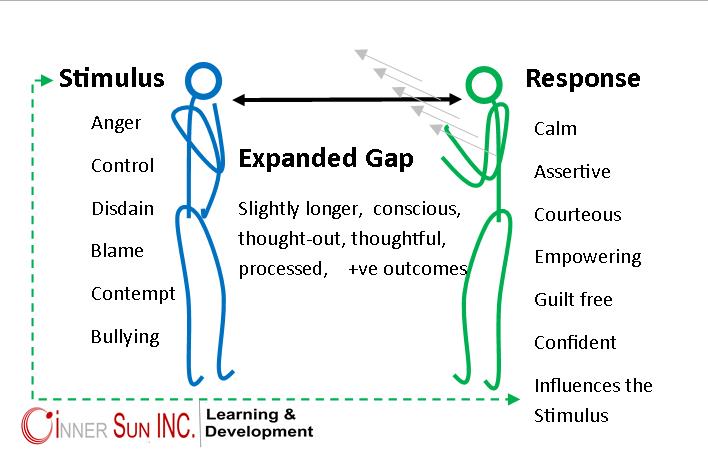 The process thus involves being mindful of all the stimuli that come towards us and unto our consciousness through our senses without and within. All that comes towards us is really, first, just data. As soon as it hits our senses, we employ cognition and we categorize and label it to be either sight, sound, taste, touch, smell or even a thought-a memory from within. We then check our feelings about this incoming data. Either we like it or we do not or, at times, we make puny efforts to be neutral to it. Finally, once we have sensed and felt it and categorized it we act upon it.
The process thus involves being mindful of all the stimuli that come towards us and unto our consciousness through our senses without and within. All that comes towards us is really, first, just data. As soon as it hits our senses, we employ cognition and we categorize and label it to be either sight, sound, taste, touch, smell or even a thought-a memory from within. We then check our feelings about this incoming data. Either we like it or we do not or, at times, we make puny efforts to be neutral to it. Finally, once we have sensed and felt it and categorized it we act upon it.
All this happens in fractions of a second; consciousness, recognition, the feeling it derives and the action we take. The actions we take may be verbal or behavioral. The crux of the process lies in expanding this process. That means taking a fraction of a moment longer to recognize sense and then act upon it. Just a wee bit longer every time. This is what those with a monk-like attitude towards life do; this is what great leaders do. Instead of simply, automatically reacting they give incoming stimuli a pause, a breath and an extra thought thus converting most potentially loaded situations to positive and constructive outcomes.
This is human intelligence, our power to choose and gently have an impact on all the interactions and all the moments, ahead of us. Moments that make up for the miracles, we create. By making this habit a consistent practice, we make it our way of life and influence others and our environment.

